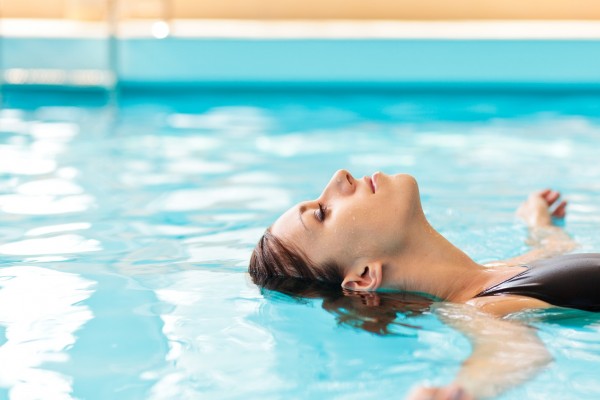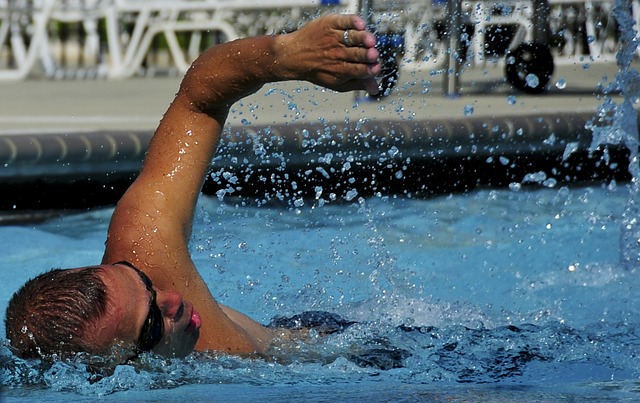
It’s pool season for a couple more months (if we’re lucky). In general, swimming is an excellent form of low-impact aerobic conditioning that is easy on the back and spine. Unlike running or many other forms of aerobic exercise, with swimming there is practically no impact on the spinal structures. The water supports the body, relieving stress on all joints in the body.
How Swimming Causes Back Pain or Neck Pain
The lower back can remain hyper-extended during front strokes (the crawl or breaststroke and butterfly) while swimming.
The upper spine (neck) may be jerked backward repetitively during front strokes while taking breaths when swimming.
Preventing Back Pain While Swimming
Use proper form for front strokes, such as the crawl or breaststroke, while swimming; keep body level in the water (hold lower abdominal muscles up and in) and keep the head straight rather than lifted
If preferable, swim with side or back strokes instead of front strokes
Roll the body to the side and keep the chin in when taking breaths during the crawl, rather than jerking the head backward, to reduce the amount of movement in the neck while swimming
Use a snorkel to eliminate the need to move the head for breaths
Wear goggles to reduce improper head movements when trying to keep water out of the eyes
Use flotation devices (noodles, boards, life preservers, wet vest) to maintain proper

What are the benefits?
There are many benefits associated with swimming when it comes to physical therapy, including:
- Less pressure on the body
The buoyancy of water helps support your body weight, taking the pressure off joints. This makes swimming and other water-based activities good choices for people who have suffered knee injuries, for example.
- A no-weight workout
Swimming is a non-weight-bearing activity, which means that it can be a safe and comfortable exercise for people with back pain and similar issues.
- Low-impact exercise
Swimming and other water-based activities are considered low-impact options for exercise. This means that they are easy on the joints and performed fluidly. Land workouts like running can be hard on the joints (or have a higher impact on them).
- Different strokes
Different swim strokes can work various parts of your body. For example, the backstroke can be more comfortable for those who have a back injury because it allows you to float on your back without stressing it.
- Heart-healthy training
Working out in water provides you with good exercise. It helps maintain cardiovascular fitness at a time when injuries might otherwise keep you on the sidelines.
- Accessible to many
Water workouts offer a wide variety of options for rehabilitation, no matter your age or swimming ability.

Remember to listen to your body and prioritize proper hydration, nutrition, and recovery to support your efforts and optimize your performance during swimming activities. With dedication, patience, and the guidance of a skilled physical therapist, you can ensure that your body is adequately prepared to fully enjoy the summer season. It is always a good idea to check with your physical therapist or physician before starting a new workout routine.




